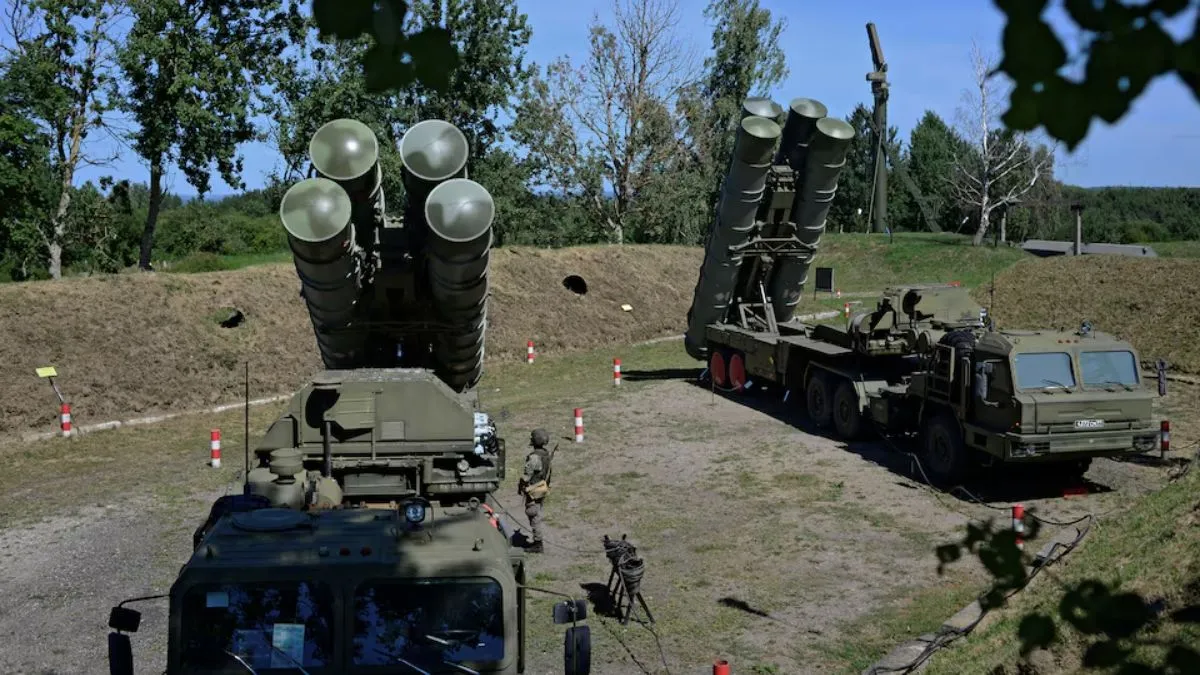- By Supratik Das
- Fri, 09 May 2025 04:39 PM (IST)
- Source:JND
In a heart-wrenching reminder of Hamas-style guerrilla warfare tactics, Pakistan tried to shake the Indian defence and intelligence system after the Pahalgam attack. The attack carries strong operational similarities with tactics used by Hamas militants in the Middle East, a development that is heightening concerns regarding Pakistan's strategic change in proxy warfare.
Pakistan-Aided Groups Emulate Hamas Model
Surprise ambushes, coordinated attacks, and guerrilla-style escape tactics are hallmarks of Hamas operations. So there's a visible pattern emerging where Pakistan-based groups are attempting to copy Hamas' warfare playbook to carry out sudden attacks in populated or high-visibility areas to create fear and global attention. The comparison comes as the international community has increased pressure on Pakistan for its inability to uproot terror networks despite repeated diplomatic pressures. As Pakistan's behaviour comes more and more into comparison with Hamas, international watchers are pushing for tougher diplomacy and economic sanctions against Islamabad.
In a dramatic escalation, Pakistan launched heavy cross-border shelling, targeting civilian settlements in all of Jammu and Kashmir. The attack left houses damaged and lives lost in the Union Territory, officials confirmed. At the same time, defence facilities in Jammu, Pathankot, and Udhampur were targeted by drones and missiles fired from the other side of the border. Indian troops reacted promptly and efficiently, countering incoming forces with a measured combination of kinetic and non-kinetic capabilities, as per Standard Operating Procedures (SOPs).
India's Multi-Layered Defence Stands Strong Like 'Iron-Dome'
India, in turn, has marshalled an elaborate surveillance and response mechanism, reminiscent of Israel's legendary Iron Dome air defence system. Advanced radar systems at high altitudes, drone surveillance, and interlocking air-ground communication grids form this new security matrix.
In a counter-drone operation that was one of the biggest in recent times, the Indian Army detected and destroyed more than 50 drones that were trying to infiltrate Indian territory along the LoC . The operation was carried out in locations such as Udhampur, Samba, Jammu, Akhnoor, Nagrota, and Pathankot by Army Air Defence formations armed with L-70 guns, Zu-23mm twin-barrel guns, Soviet-origin Schilka vehicles, and other state-of-the-art drone-neutralisation systems.
India's advanced S-400 'Sudarshan Chakra' air defence system, jointly developed by Russia and India, played a crucial role in shooting down airborne threats on the fateful night of May 7–8, amidst increased hostilities. Deployed by the Indian Air Force in response to several incoming targets, the S-400 effectively disabled drones and hostile aircraft that were seeking to breach Indian airspace. This was a measured defensive move that showed India's readiness and technological superiority in high-risk combat operations.

